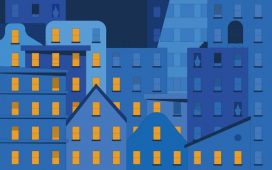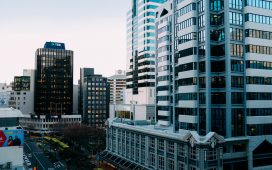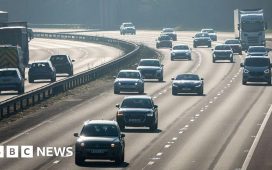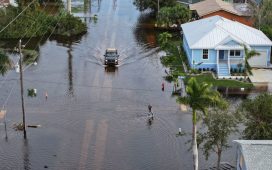The Los Angeles wildfires last month destroyed thousands of homes, killed dozens of people and left a city reeling. They also raised serious questions about the region’s future – and where Americans choose to build.
A rapidly increasing share of US homes are built in areas that are at risk of fire. In 1990, about 13% of new homes were built in places at high risk of fire. By 2020, that number had more than doubled to 31%. The numbers come from ClimateCheck, a for-profit research company that compiles risk by studying trends including rainfall, wind and temperature. But the climate crisis is just one of the reasons that more homes are unsafe.
The Covid pandemic changed the way people work and live. Some workers who were able to continue their jobs remotely wanted out of dense cities. New York alone has lost half a million residents since 2020. Many of these domestic migrants relocated to smaller cities and rural areas, often choosing homes that were at greater risk of wildfire.
Maximilian Stiefel, a risk expert at ClimateCheck, explains: “In California, especially, there’s a difficulty in building dense housing, so a lot of people are forced into single unit housing, and that just accelerates this spread into the wildland urban interface, because you can’t build up another unit on your property if you have a single family house. And then there’s a lot of nimbyism in California, where people don’t want denser developments being built.” Over 80% of properties built in California between 2020 and 2022 were in high fire risk areas, compared with just 28% of the properties built between 1920 and 1929.
Insurance companies are well aware of these trends. Experts study data to build “catastrophe models”, predicting how disasters will affect profits. And lately, the numbers haven’t looked good. Two giants from the industry, AllState and State Farm, announced in 2022 and 2023 that they wouldn’t accept any new home insurance applications in California, in large part because of the high risk of wildfire. Meanwhile, the state, which also has its own last-resort insurance program, has engaged in a complex back-and-forth with private companies. LA residents who lost everything – and who are fortunate enough to have insurance – now must grapple with these companies to avert financial disaster.
Even for the most rigorous of insurance experts, wildfires are hard to model statistically. Unlike earthquakes, hurricanes or flooding, they are much more dependent on humans. Humans can start them (wildfires spike on the Fourth of July each year) and humans can stop them with better policies such as better funding for fire departments. Despite the key role that humans play in individual wildfires, the rising overall trend in their frequency is clearly attributable to the climate crisis – long periods of drought, strong winds and high temperatures mean that fires spread faster, last longer and cause far more destruction. Even before the latest LA fires, expected to be the costliest ever, nine of the 10 most expensive wildfires in US history had taken place since 2017.
Stiefel explains his own personal experience with these numbers: “I lived in Santa Barbara during the Thomas fire, which traveled 30 miles up the coast over three weeks, and we were evacuated.” He says he eventually left California in part because there were “too many hazards there with climate change”.
Of course, people have greater mobility when they don’t have dependents, aren’t disabled and don’t have a longstanding attachment to a city.
The answer, according to experts like Varun Sivaram, a fellow at the Council for Foreign Relations, is “more stringent building codes and regulations”. Stiefel agrees, noting: “It’s not just about zoning and land use. It’s also about resource sharing and emergency planning, collaboration among all these different levels of government, and educating the community about fire risk.”











